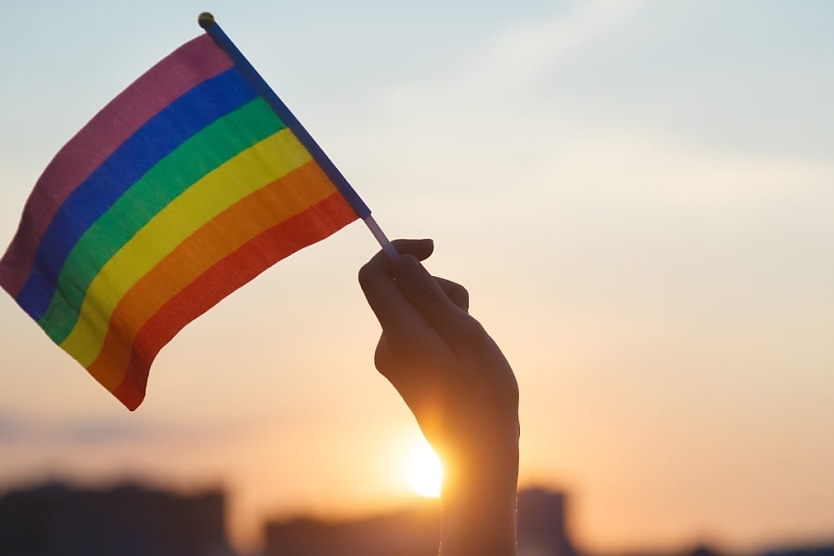Barriers experienced by the LGBTI community – and how workplaces can help
SHARE THIS ARTICLE

With Sydney WorldPride still underway, it is important to understand the negativities that people in the LGBTI community have to endure.
Worldwide persecution is still extremely prevalent. A Bloomberg article from 20 February detailed how life is actually getting harder for some in the community, with data from Europe suggesting violent attacks are becoming more common.
According to Ilga Europe’s Annual Review 2023, there is an abundance of issues plaguing the LGBTI community in 2023, including:
- Poorer access to essential goods and services
- Forced migration due to regimes
- Rise in hate speech
- Rise in violence
- Damaging propaganda
- Laws restricting the rights of LGBTI people
- Less freedom of assembly
- Erosion of public opinion
These are just a few of the many issues that have been seen across Europe and central Asia.
America has seen similar discrimination. As reported by McKinsey, corporate America often publicises its support for LGBTI rights, usually in the form of a rainbow logo during pride month.
While this is a great way to show solidarity, McKinsey argued that these gestures often stop here, and outward inclusion “has not translated into solid gains for the LGBTQ+ community within the workplace itself”.
McKinsey said that organisations must go beyond public gestures and bring this support into the workplace itself.
According to data referenced by McKinsey, 5.1 per cent of women in the US and 3.9 per cent of men identify as LGBTI. However, just 0.6 per cent of C-suite women and 2.9 per cent of C-suite men identify as part of that community.
This shows a clear underrepresentation among the leaders in businesses. Representation gradually declines from entry level through to the C-suite, showing a clear drop off in career progression.
McKinsey’s data also details that LGBTI men and women are more likely to experience negativities such as microaggressions, sexual harassment, and bullying.
Trans people especially see discrimination, and according to the data, 53 per cent said their gender or sexual orientation has impacts on their career progression.
Employers can do their part to make the workplace a safe space. Employers can create an LGBTI-inclusive workplace by:
- Making discrimination policy readily available
- Taking action against discriminatory behaviour
- Providing support for LGBTI staff
- Not making assumptions
- Recognising gender-neutral terms
- Educating employees on the matter
- Improving career progression opportunities
HR Leader recently discussed pride in the workplace and just how important it is to create an inclusive workplace.
RELATED TERMS
According to the Australian Human Rights Commission, discrimination occurs when one individual or group of people is regarded less favourably than another because of their origins or certain personality traits. When a regulation or policy is unfairly applied to everyone yet disadvantages some persons due to a shared personal trait, that is also discrimination.
Jack Campbell
Jack is the editor at HR Leader.

